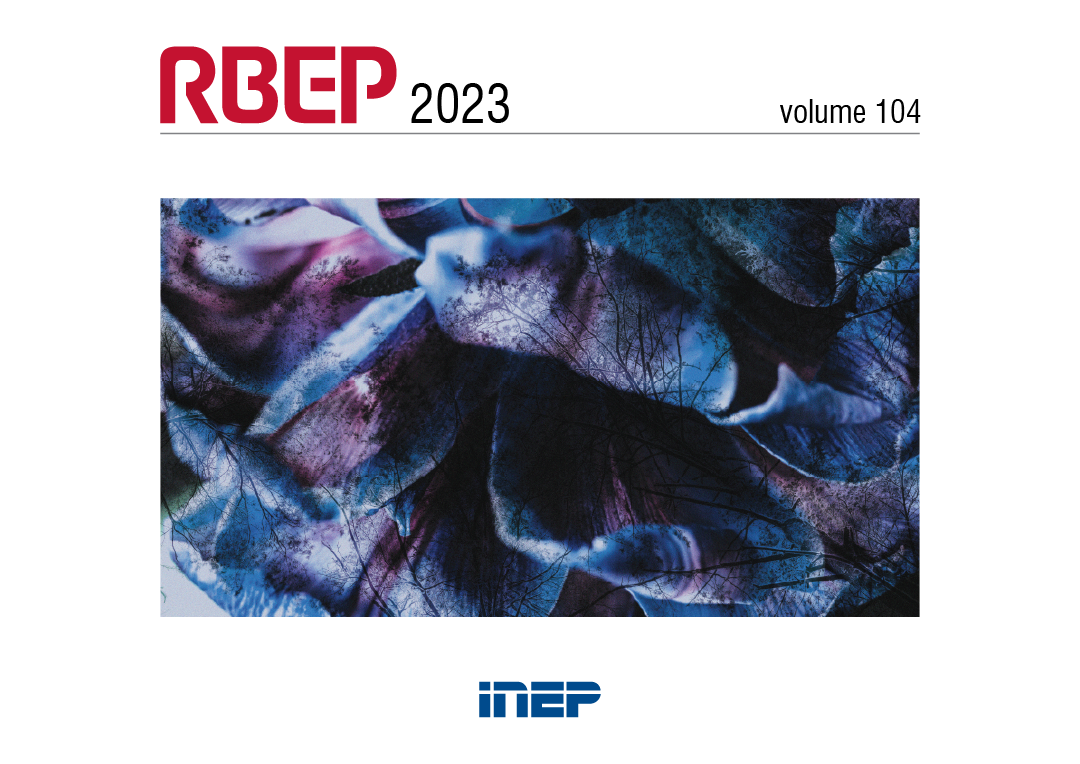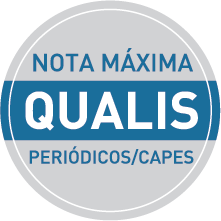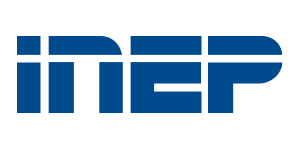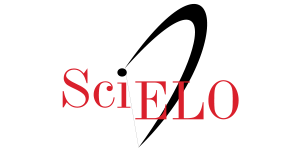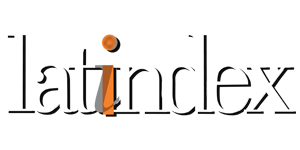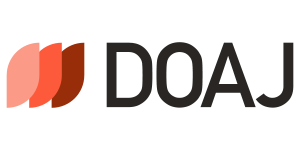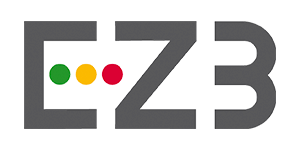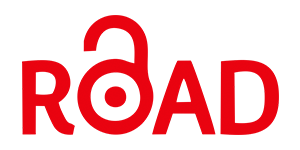Indigenous schoolchildren with disabilities in Brazil: an analysis from the School Census on Basic Education (2010, 2015 and 2020)
Abstract
The connection between special education and indigenous school education is a recent public policy guideline in Brazil, thus, becoming crucial the investigation on schooling of indigenous students with disabilities. Given this context, the study seeks to display a portrait of indigenous students with disabilities in Brazil, stemming from microdata analysis of the School Census of Basic Education in 2010, 2015, and 2020. The selected variables were from the enrollments and school database, specifically the differentiated school location (indigenous land), the region where the school is located, teaching modality, Specialized Educational Assistance (SEA) and disability type or Autistic Spectrum Disorder (ASD) and the availability of multifunctional resource classrooms. The data showed an increase in the enrollment of indigenous students with disabilities or ASD in all of the regions of the country during the analyzed periods, with intellectual disabilities being the most prevalent among indigenous students; most of these students are enrolled in the regular education modality and a small number of indigenous students with disabilities or ASD received special education services. In light of such conditions, rise the need of public policies on special education and the interaction with indigenous school education that take into consideration the particularities of the indigenous peoples regarding their cultural diversity.
Downloads
Copyright (c) 2023 Brazilian Journal of Pedagogical Studies

This work is licensed under a Creative Commons Attribution 4.0 International License.
Once their work is accepted for publication, author’s copyrights are automatically relinquished to the National Institute for Educational Studies and Research Anísio Teixeira (Inep).
Since 2016, the journal Revista Brasileira de Estudos Pedagógicos (RBEP) uses the licence CC-BY.
Partial or total reproduction of the content of this Journal is permitted provided that the original publication is properly referenced, as well as a link to license CC BY 4.0 and to indicate any possible alterations made to the article.

